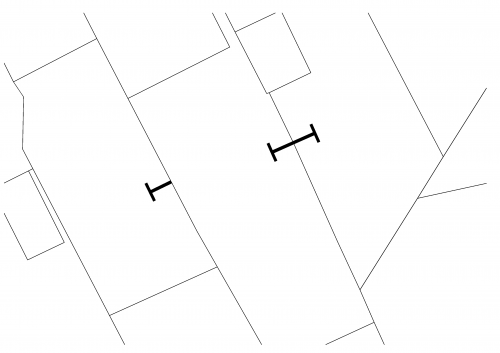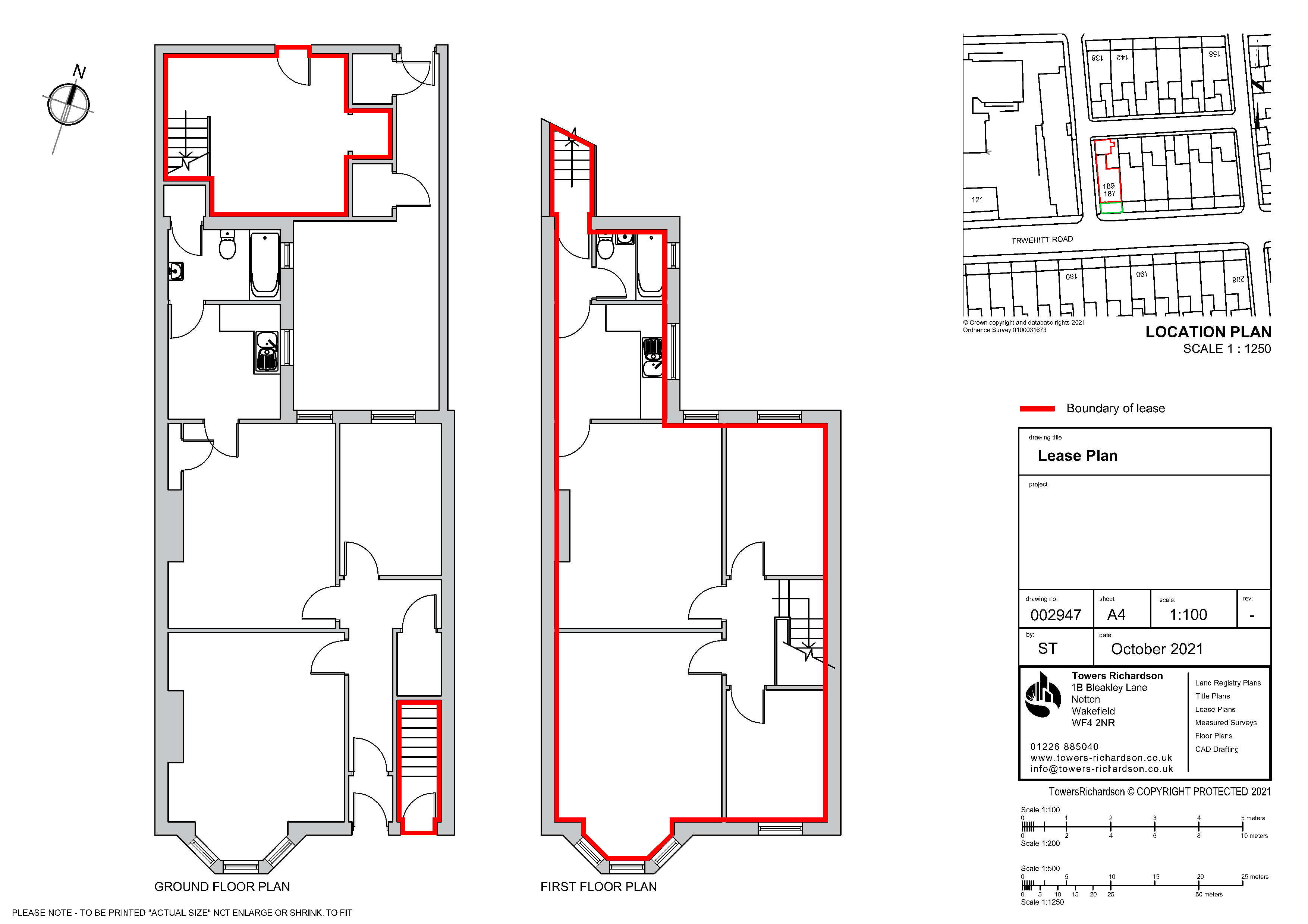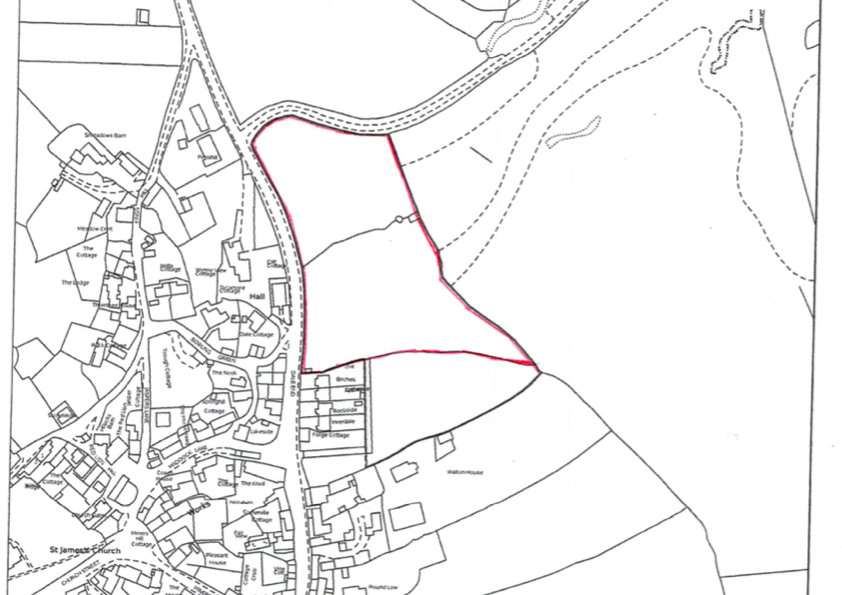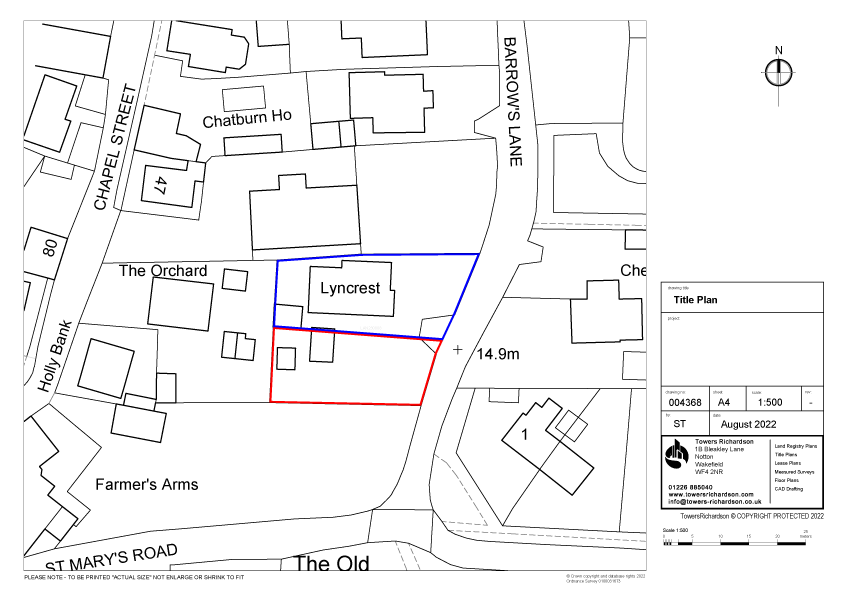What are T & H marks on Title Plans
T and H marks do not usually appear on Land Registry Title Plans. Rather, they are often to be found on deed plans.
Where T marks are shown they indicate boundary structure ownership or responsibility, the side of the T indicating the responsible side of the boundary. H marks or 2 T marks back-to-back, indicate shared boundary structure ownership or responsibility.
Conveyancing plans frequently show T marks. It is relatively well known that if T marks are within your land that you are usually responsible for the repair of those boundaries. However, does it also mean (or at least indicate) that you therefore own that boundary feature as well? Some would be forgiven for thinking that it might, but the Court of Appeal have recently confirmed in the case of Lanfear v Chandler [2013], that it does not.
Ownership and/or maintenance of boundaries
There are various notions that the way a wall or fence is constructed indicates ownership, for example that the posts and arris rails of a fence are on the owner’s side. There is, however, no legal foundation for such beliefs. Deeds may contain covenants to maintain a wall or fence but on their own, such covenants do not confer ownership. Where the ownership or responsibility for maintenance of a boundary cannot be determined, that boundary feature is generally best regarded as a party boundary. Any alterations or replacement of the boundary should only be done with the agreement of the adjoining owners.
The register will only show information concerning the ownership and/or maintenance of boundary features when this information is specifically referred to in the deeds lodged for registration. The most common marking on deed plans that relates to boundaries are ‘T’ marks. An entry referring to a ‘T’ mark is normally a statement concerning the ownership of a boundary structure or the liability to maintain and repair it.
If the ‘T’ marks are expressly referred to in the deed lodged for registration and the text of the provision(s) is set out verbatim in the register, then we will:
- reproduce them on the title plan and refer to them in the register, or
- describe the boundaries affected by ‘T’ marks verbally in the register, for example “The ‘T’ mark referred to [in paragraph/clause…] affects the [north western] boundary of the land in this title”, or
- make a note to the said register entry that a copy of the plan to the deed is filed
‘T’ marks on deed plans which are not referred to in the text of a deed have no special force or meaning in law and unless an applicant specifically requests that the ‘T’ marks be shown on the title plan, we will normally ignore them.
For more information please visit HM Land Registry website here.




